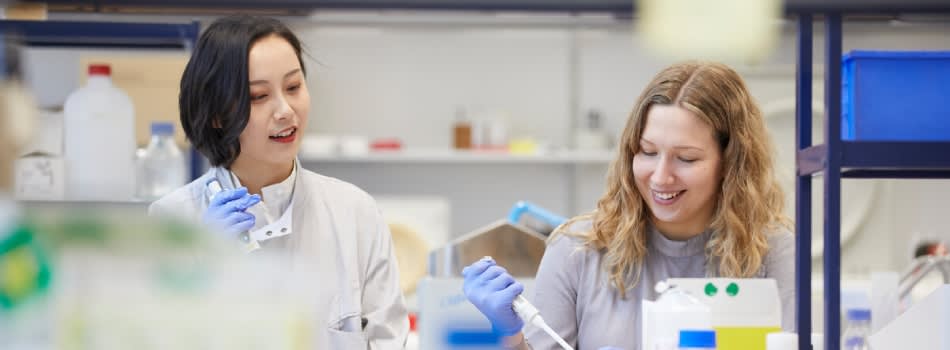Sudden cardiac death (SCD) is an important clinical problem and has a lasting impact on relatives of the deceased, particularly when sudden death occurs in infancy. Mutations to cardiac ion channels and transporter genes are known to give rise to heritable conditions that predispose towards sudden death (e.g [1,2]). However, in many cases screening candidate genes for mutations either does not reveal positive results or yields ‘variants of uncertain significance’ (VUS). Categorization of missense variants as VUS poses a particular problem as, without definitive functional analysis, a VUS cannot be used for clinical diagnosis. Several different potassium channel genes have been implicated in heritable arrhythmias and SCD. Cardiac KATP channels (formed from Kir6.x and SUR2 co-assembly) are considered to be important under conditions of metabolic stress, when intracellular ATP levels fall. The resulting KATP channel activation shortens ventricular action potentials and protects against Ca2+i overload and arrhythmia. On the other hand, aberrant KATP activation may itself lead to increased arrhythmia risk. Recently, gain-of-function mutations to ABCC9, have been identified in infant sudden death; ABCC9 encodes the SUR2A subunit of the KATP channel [3]. A missense SUR2A mutation has also been implicated in an overlap arrhythmia syndrome characterized by abbreviated ventricular repolarisation [4]. This project focuses on the identified mutations (SUR2A-A355S; [3], SUR2A-R663C [4]) and a reported VUS (SUR2A-R661C; ClinVar 191589).
Aims and Objectives: The A355S mutation is known to increase KATP channel (Kir6.2+SUR2A) current [3]. Aim 1 is to determine whether or not channels incorporating the R661C and R663C SUR2A variants also exhibit an increase in KATP channel function. Aim 2 is to test the effects of the clinically used sulphonylurea glibenclamide, to determine if this drug can mitigate any gain-of-function effects. Findings from this project should lead to a better understanding of the role of SUR2A mutations as predisposing factors for arrhythmia and sudden death.
This project will use a variety of techniques that are already established in the Hancox and Harmer laboratories, including: Molecular biology: PCR, mutagenesis, cloning, plasmid purification etc. Cell culture and transient transfection: of heterologous cell lines). Ion channel function: Whole-cell patch-clamp electrophysiology and ion channel pharmacology.
How to apply:
MSc by Research (MScR) is a 1-year research degree that provides an intensive lab-based training and a preparation for PhD study. You will carry out your studies as part of your research group – like a PhD student does. Towards the end of the year, you write up a thesis on your research and are examined on this. This degree suits students wanting to gain maximum research experience in preparation for PhD applications.
We are keen to recruit a diverse range of students and to ensure our research is open to all. We particularly welcome applications from groups traditionally under-represented in life sciences research. Please check the University webpages for the current tuition fee information. Most MScR projects also require a bench fee. This varies depending on the research and your project supervisor can tell you the bench fee for the project.
Please follow the link below and apply to the Faculty of Life Sciences, School of Physiology, Pharmacology and Neuroscience, selecting the programme "Physiology, Pharmacology and Neuroscience (MSc by Research)".
PhD Physiology, Pharmacology and Neuroscience | Study at Bristol | University of Bristol

 Continue with Facebook
Continue with Facebook




